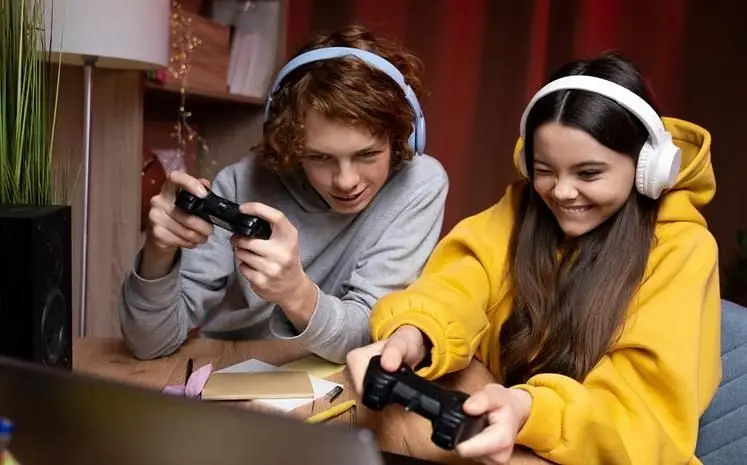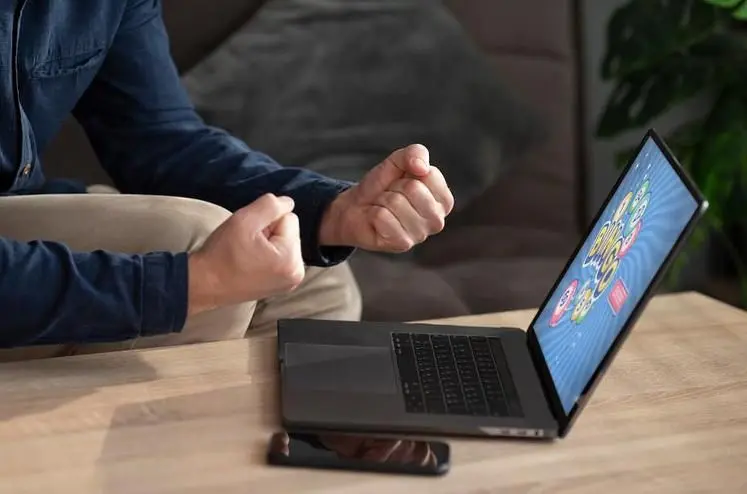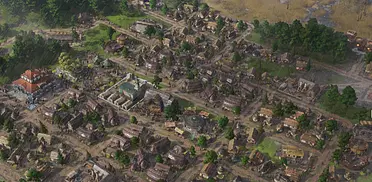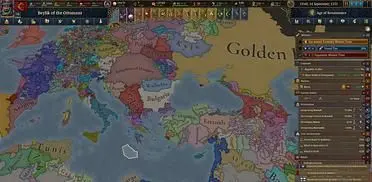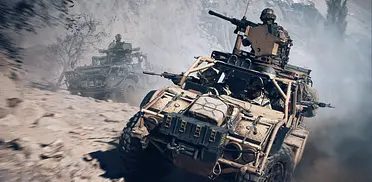Digital tools and structured play are used by teachers to develop analytical thinking. This change is a broader shift in the way the students process the information and solve problems. The game based learning enables the teachers to employ rules, targets and feedback systems that reflect real challenges. By adapting these mechanics, educators help students develop logic, reflection, and strategic decision-making. Such methods turn lessons into active problem-solving tasks rather than passive note-taking.
Consequently, learners develop better cognitive abilities and learn more about complicated concepts. This is a revival of the role of education in the digital and data driven age of thinking.
Learning Struggles in Traditional Classrooms
Many students face serious challenges in traditional classrooms when asked to write essays, analyse data, or build arguments. These tasks demand logical reasoning and structured thought, yet many learners rely on memorisation instead of critical analysis. As deadlines approach, stress often rises, leading students to search for an essay checker or a plagiarism checker tool to fix their work. Some even type how to write my paper for me in online searches as they look for shortcuts. The core issue lies in weak critical thinking foundations. Without strong reasoning skills, students struggle to form original ideas or evaluate sources. Instead of interpreting information, they can copy it.
Traditional teaching often limits space for exploration, which further blocks cognitive growth. Addressing this problem requires a shift toward interactive learning that trains logic, analysis, and reflection from an early stage.
Why Games Are Becoming a Tool for Thinking Skills
Games serve as laboratories where learners experiment with ideas and gain knowledge through mistakes. Every difficulty in a game requires planning, pattern identification and continuous decision-making. These processes mirror the same mental skills needed for problem-solving in academic study. Psychologists link such activities to experiential learning and constructivist theory, both of which argue that knowledge forms through direct action and reflection.
The concept of why are games important for learning connects closely to this view. Games promote trial-and-error as a safe method for testing strategies. They reward persistence and logical adjustment rather than memorisation. Players learn to predict outcomes, manage limited resources, and revise their tactics after each result.
This active form of learning strengthens critical thinking and emotional control. It helps students see mistakes as part of improvement.
Practical Applications
In elementary classrooms, platforms like Prodigy turn maths into interactive challenges where pupils test reasoning and pattern recognition. These short activities strengthen number sense and logical thought.
Middle school teachers use Kahoot to build analytical thinking through quiz competitions. Students answer questions under time pressure, compare reasoning, and discuss mistakes as part of group reflection. During science classes, Minecraft: Education Edition gives students an opportunity to create a model of an ecosystem or a system of energy. In such activities, students are training data collection and hypothesis testing in a systematic manner.
In high schools, teachers use card-based strategy games to teach probability, history, and economics. Learners analyse outcomes, adapt tactics, and predict opponents’ moves. These exercises mirror strategic thinking in real decision-making.
Such learning through games examples reflect how game based learning platforms and physical tools support the same cognitive goals. Games promote curiosity, testing, and reasoning while linking theory with practice. They transform lessons into active environments that strengthen understanding through play and reflection.
Cognitive Skills Mapped to Game Mechanics
Game-based education connects specific mental skills with structured mechanics. Each rule, choice, or system in a game mirrors a cognitive process. By analysing how these mechanics shape thinking, teachers can design lessons that promote analysis, prediction, and logical reasoning. The following table demonstrates the connection between mechanics and basic cognitive skills that is provided by the common games in classrooms.
| Critical Thinking Skill | Game Mechanic | Example Game or Classroom Use |
|---|---|---|
| Decision-making | Resource allocation | Minecraft: Education Edition for project planning and building |
| Pattern recognition | Sequence solving | Sudoku-style puzzles in maths lessons |
| Hypothesis testing | Scenario simulation | Science-based digital labs or chemistry simulations |
| Probability and risk | Card selection | Blackjack-style probability lessons in maths or logic classes |
| Strategic planning | Turn-based choices | Civilization-style history projects to test economic or political outcomes |
| Collaboration and communication | Team missions | Group challenges in Kahoot or cooperative classroom board games |
This mapping helps educators match mental targets with clear, structured gameplay. It turns entertainment principles into measurable learning tools.
Pros and Cons of Game-Based Education
Teachers often weigh game-based learning pros and cons before applying it in classrooms. Games can transform lessons but also present new challenges. The list below outlines key points for both sides.
Pros: * Student motivation. Games attract attention and maintain interest in lessons * Better understanding of complex topics. Interactive methods simplify abstract ideas. * Improved retention. Active participation helps memory and comprehension. * Collaboration. Team tasks strengthen communication and social learning.
Cons: * Overstimulation. Constant visuals and rewards may reduce focus. * Unequal access. Not all students have the same digital resources. * Risk of distraction. Some students may focus on play instead of learning goals. * Poor implementation. Weak planning can turn games into entertainment rather than education.
Balanced design and clear goals help educators maximise benefits while limiting drawbacks.
Rethinking Learning Through Games
Games that are applied with a defined purpose can build critical thinking in any subject. They assist students to prove hypotheses, interpret results and revise plans, abilities that are important in cognitive development. Educators who connect learning objectives with the gameplay are able to direct students to more profound thinking and contemplation.
Blending traditional teaching with interactive tools gives balance to classroom practice. Textbooks and lectures build structure, while games add context and application. This combination encourages active learning and long-term understanding. Thoughtful use of games therefore supports the main goal of education: to develop minds that question, adapt, and create with intention.
For the latest gaming news, follow GameWatcher on BlueSky, check out our videos on YouTube. We sometimes include affiliate links in our posts, which grants us a small commission, thank you. Please support independent Games Media. ❤️
